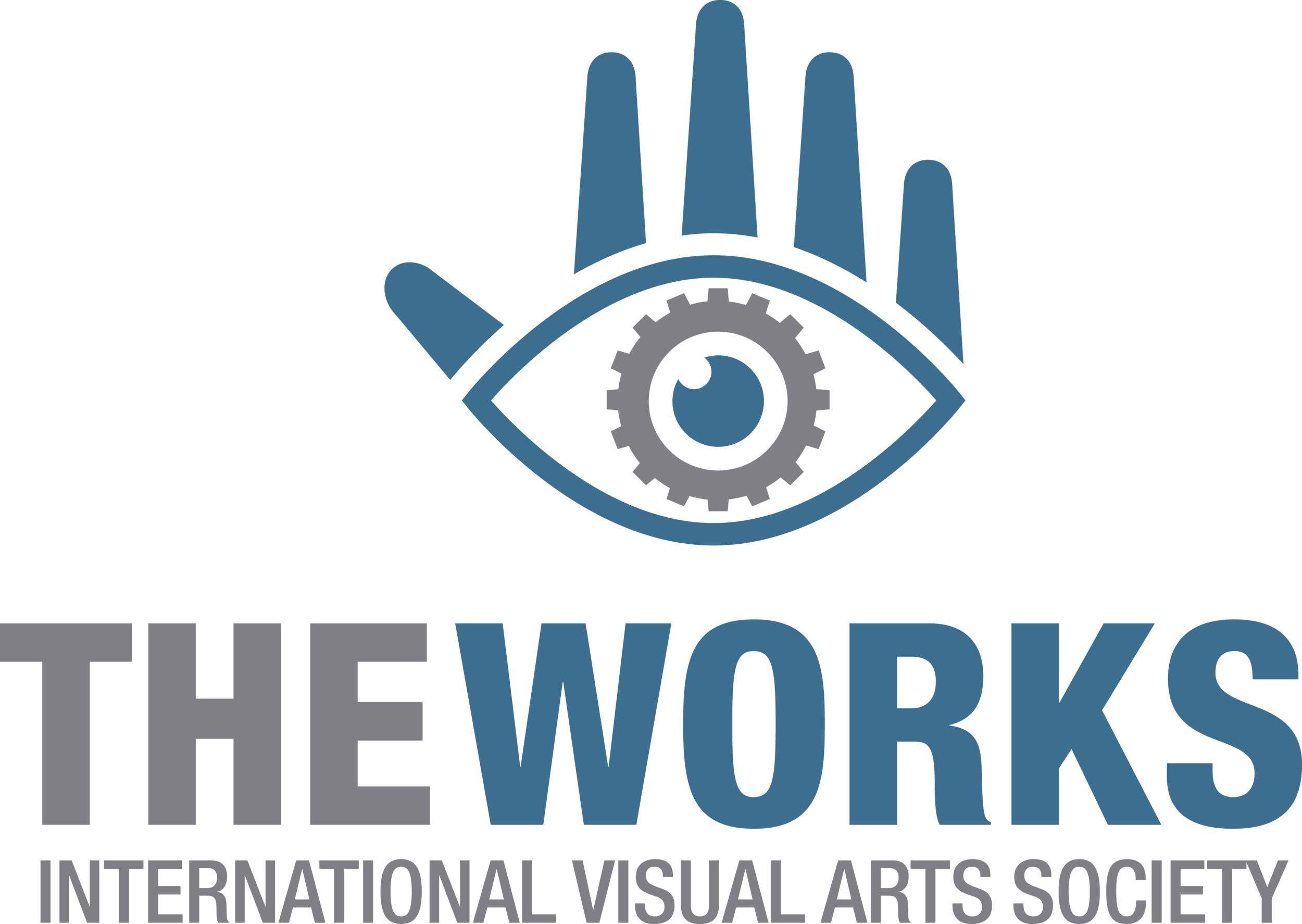Mediations on Reality - Yang Lim
Date: Wednesday, June 28, 2017
Author: Yang Lim
"Sevihcra: Le Salon Slideshow" by Patrick Arès-Pilon and Sophie Arès-Pilon.
How does the past signify and to what extent can this past be recaptured and made meaningful for the present moment? And to what extent can certain stories and perspectives be told or understood, given the inevitable distance between the past and present? The two exhibits Patrick Arès-Pilon and Sophie Arès-Pilon’s Le Salon Slideshow and Mitch Kern’s Upside Down and Backwards offer interesting and contrasting approaches to these issues, despite their seemingly different subject matter.
Patrick Arès-Pilon and Sophie Arès-Pilon’s Le Salon Slideshow will stimulate discussion and prompt reflection around what we consider to be significant about the past. Providing an immersive installation that evokes a homey feeling and sense of nostalgia, it also functions as a work in the present moment that derives its meaning through the people who enter that space.
Upon entering the installation, the public is invited to take a seat and watch a narrated slideshow, evoking days long past where families may have sat in the living room and watched a slideshow. The reactions of the people as they watch the slideshow and listen to the stories being told about them are itself a process of dialogue in action: the confluence of image and narrative mutually creates meaning for each other. The act of articulation ensures the historical narrative’s continuation in the present, even as its meaning is reshaped in relation to the audience who listens to it.
For example, one of the slideshows that Patrick Ares-Pilon and Sophie Ares-Pilon have shown was about their uncle who visited the Arctic from 1961 to 1963. As the slides progress, Sophie provides narrative commentary; people’s reactions to the slides, some of which are humourous comments, contribute to the flavour of the narrative. The result is a communal sharing of the past, captured through a fleeting experiential moment that cannot be replicated as it is only tied to the very people who are in the audience at that given point.
Indeed, without a narrative context, images of the past are only just that—images that lack significance or connection with the present, even if they refer to settings, events, or other things that may be familiar to people who have not had any personal experience with them.
At the same time, the installation appears to reveal the inadequacy of what is there and what is lost about the past. Perhaps what their installation suggests is that we can never fully recover the past; instead, what we can do is to preserve and share that past through the act of storytelling, which makes that past alive and meaningful for people in the present.
In contrast to “Le Salon Slideshow,” Mitch Kern’s Upside Down and Backwards seems to tackle the issue of the past itself by reflecting on the temporal nature of the present and the nature of reality itself. His installation consists of a small grey trailer that appears to be an innocuous object. However, when it is placed in the middle of Churchill Square—clearly out of place in relation to its urban surroundings—it invites different reactions that range from curiosity and excitement to suspicion and scepticism. The artist Mitch Kern invites people to come and sit inside the trailer, but not everyone is eager to do so.
"Upside down and backwards" by Mitch Kern
For those willing to enter the trailer, they may feel like nature photographers who blend into the landscape to take photos of wildlife. The trailer has a narrow chamber onto which a camera lens is affixed, so an image of Churchill Square is projected onto the trailer’s interior wall, but upside-down and backwards. People inside the trailer can watch what is happening on the square while hidden from view, much like watching a motion picture. However, nothing is photographed or recorded and everything is transient and observable only as a fleeting, site-specific moment. For Kern, then, Upside Down and Backwards functions as an “anti-camera” device because it is the opposite of what a camera does, which is to capture the past in still images.
As such, Kern’s piece aims to get people talking about their experience through the lens of photography, which has historically been regarded as an “objective” medium through which reality can be represented. The experience that people get will vary, thereby encouraging dialogue around what they see and perceive and, by extension, drawing attention to the constructed nature of “reality.” In the same way, Le Salon Slideshow can be interpreted in a similar fashion—as an installation that asks for the public to reflect on how they perceive reality and what this may mean for the significance that they draw from it.


